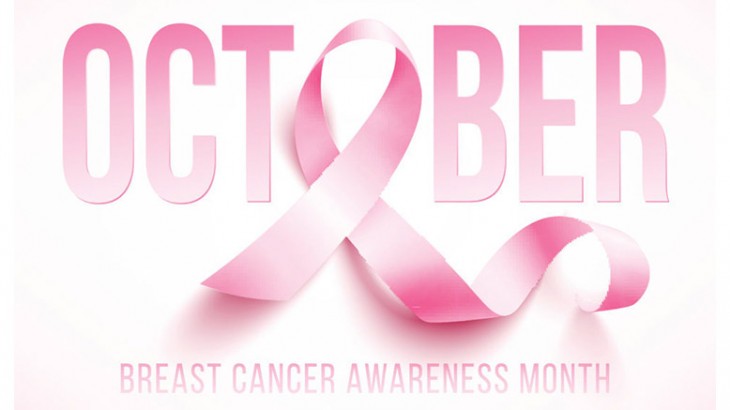Touch, Look, Check

October is Breast Cancer Awareness Month, an annual campaign to increase awareness of the disease.
Breast cancer is the most common cancer in the UK with one woman diagnosed every 10 minutes and one in seven women developing breast cancer in their lifetime.
Around 55,000 women and 370 men are diagnosed with breast cancer every year in the UK, including:
- around 46,000 people in England
- around 4,700 people in Scotland
- around 2,900 people in Wales
- around 1,400 people in Northern Ireland
- A further 7,000 people are diagnosed with DCIS (ductal carcinoma in situ), an early form of breast cancer, in the UK every year
What are the signs and symptoms of breast cancer?
There are many different signs and symptoms of breast cancer, so regularly checking your breasts for anything different or new is important. The earlier breast cancer is diagnosed, the better the chance of successful treatment. Getting to know what your breasts look and feel like normally means it’s easier to spot any unusual changes and check them with your doctor.
Common breast cancer signs and symptoms include:
- A lump or swelling in the breast, upper chest or armpit. You might feel the lump, but not see it
- Changes in the size or shape of the breast
- A change in skin texture i.e. puckering or dimpling of the skin
- A change in the colour of the breast - the breast may look red or inflamed
- Rash, crusting or changes to the nipple
- Any unusual discharge from either nipple
Research conducted last year by Breast Cancer Now, found that less than half (48%) of British women surveyed were regularly checking their breasts for signs of breast cancer, while almost one in 10 had never checked at all. The most common reasons women cited for not checking their breasts regularly were because they forget (41%) and 21% said they didn’t check their breasts regularly because they don’t feel confident in checking.
Checking your breasts only takes a few minutes. Everyone will have their own way of touching and looking for changes, but remember to check the whole breast area, including your upper chest and armpits. There’s no special technique and you don’t need training. It’s as simple as TLC: Touch Look Check.
If you have any concerns around breast cancer, it is important to get abnormal symptoms checked by your GP.



